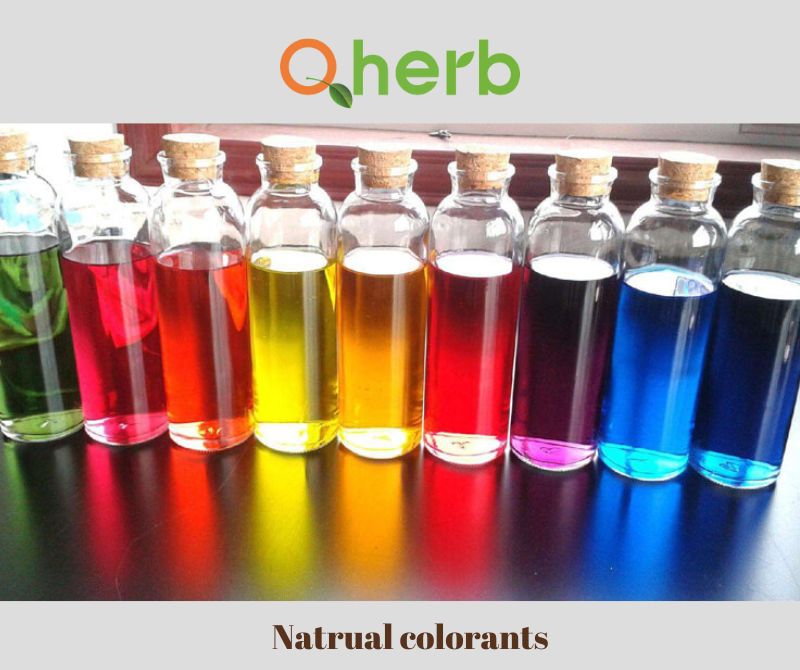Natrual colorants for organic skin
Skincare products are taking the industry by storm use natural colorings. Craftsmen of organic cosmetics are proud of their colorful balms and lotions, as opposed to mainstream products. The hue of their items does not come from fake shades, trying to mimic the apple green or the cherry blossom rose. Instead, their coloring is derived from native oils and plant extracts full of natural colors, usually shamelessly removed by mainstream formulators and chemists.
While the conventional industry defines a colorant as an ingredient that is applied to a color imparting solution in small quantities, in our article, we have expanded the definition of natural colorants to include any additive that is added in any quantity and imparts a color. In other words, you could add 50 percent of a colorful oil to your formula and still see the oil as a natural coloring agent.
A product's actual and intrinsic color is proof of its validity. Avocado oil black, buriti oil orange, or elderberry extract purple are all indicators that your foods are filled with important skincare ingredients such as beta-carotene or polyphenols.
In the borage tribe, Alkanet is a herb whose roots produce dark red pigment. Although the flowers of the plant are blue, with a whitish core, it has a dark red root of blackish appearance on the outside but blue-red on the inside. Alkannin is the major chemical compound present in alkanet plant, which is soluble in alcohol, ethanol, and oils, but is insoluble in soil. Nonetheless, keep in mind that Alkanet is inherently poisonous (hepatotoxic), and products such as lip balms are best avoided.
Annatto is an orange-red decoration of the achiote tree (Bixa Orellana) seeds. The Anatto's reddish-orange pigment coloring comes primarily from the resinous outer layer of the plant's seeds. Bixin and norbixin, which are divided as carotenoids, are the chemical compounds that produce the yellow to orange color. Bixin is called the lipophilic color, which can then be saponified into water-soluble norbixin. Regarding carotenoids, this dual solubility feature of Anatto is unusual. The seeds contain a pigment of 4.5–5.5%, composed of 70–80% bixin. Annatto-based pigments are not precursors of vitamin A, unlike beta-carotene, another well-known carotenoid.
If you've previously used unrefined avocado oil, you'll know it has a deep green color and is so rich that it can even slightly solidify when cooled down. The blood, hair, and fat include carotenoids and chlorophylls such as lutein, alpha-carotene, beta-carotene, neoxanthin, violaxanthin, zeaxanthin, antheraxanthin, a and b chlorophylls, and a and b pheophytins.
Lutein, which is one of 600 recognized naturally occurring carotenoids, is one of the major pigments present in avocado oil. Lutein is only synthesized by plants and is found in high concentrations in green vegetables such as broccoli, kale, and avocado, just like other xanthophylls.
Beetroot is a well-known colorant for natural cosmetics dependent on water. It is called betanin, the key chemical compound, which degrades when exposed to light, heat, and oxygen. Infuse beetroot powder into glycerin and make a vivid pink or red glycerite that can be used in your emulsions, gels, and tonics depending on temperature. Note the beetroot is water-soluble, so in oil macerations, it won't work.



 Healthier Future
Healthier Future